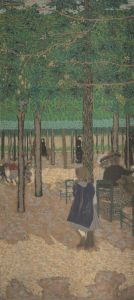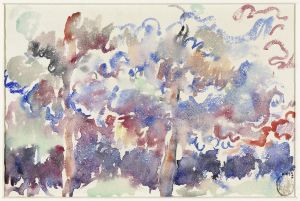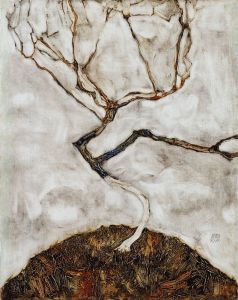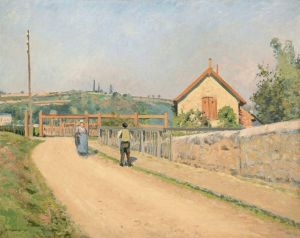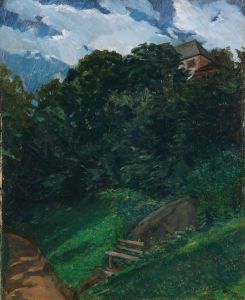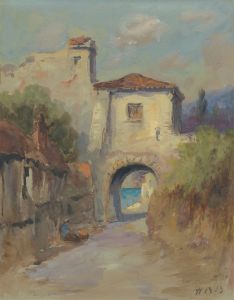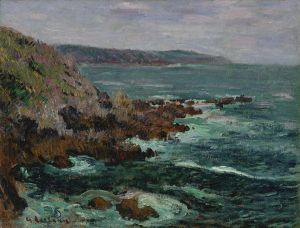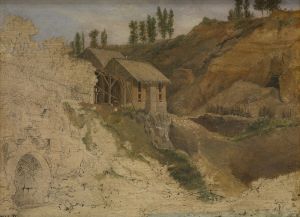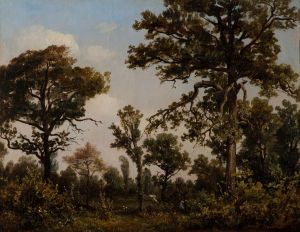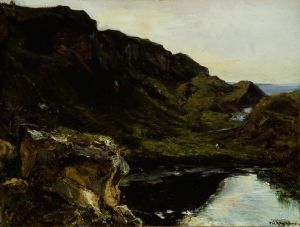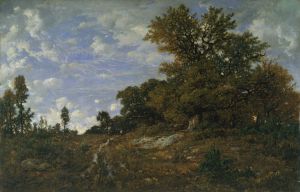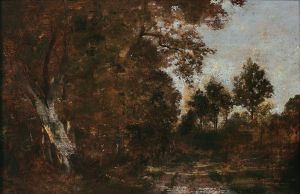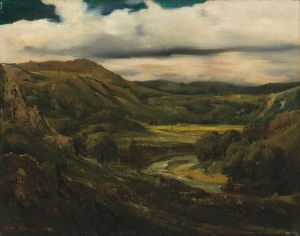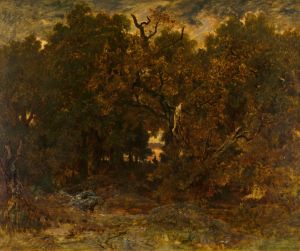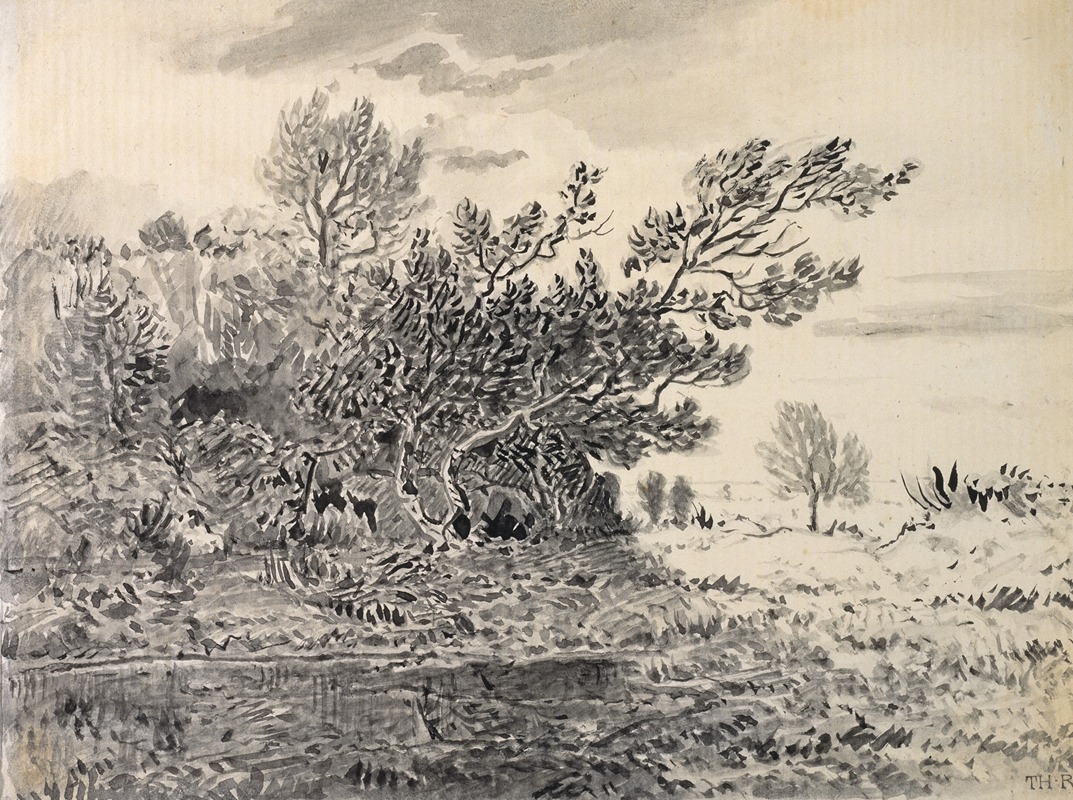
Landscape with a Pond
A hand-painted replica of Théodore Rousseau’s masterpiece Landscape with a Pond, meticulously crafted by professional artists to capture the true essence of the original. Each piece is created with museum-quality canvas and rare mineral pigments, carefully painted by experienced artists with delicate brushstrokes and rich, layered colors to perfectly recreate the texture of the original artwork. Unlike machine-printed reproductions, this hand-painted version brings the painting to life, infused with the artist’s emotions and skill in every stroke. Whether for personal collection or home decoration, it instantly elevates the artistic atmosphere of any space.
"Landscape with a Pond" is a painting by the renowned French artist Théodore Rousseau, a leading figure of the Barbizon School, which was a movement that emerged in France during the mid-19th century. This school was named after the village of Barbizon, near the Forest of Fontainebleau, where Rousseau and other artists gathered to paint landscapes directly from nature, a practice that was somewhat revolutionary at the time.
Théodore Rousseau was born on April 15, 1812, in Paris, France. He showed an early interest in art and began his formal training under the guidance of artists such as Jean-Charles-Joseph Rémond and Guillaume Lethière. Rousseau's work is characterized by his dedication to capturing the natural world with a sense of realism and emotion, often focusing on the interplay of light and shadow in natural settings.
"Landscape with a Pond" exemplifies Rousseau's commitment to depicting the natural environment with authenticity and sensitivity. The painting features a tranquil pond surrounded by lush vegetation, with trees and shrubs reflected in the still water. The composition is balanced and harmonious, showcasing Rousseau's skill in rendering the subtleties of light and atmosphere. The use of earthy tones and careful attention to detail are hallmarks of Rousseau's style, inviting viewers to appreciate the serene beauty of the natural world.
Rousseau's approach to landscape painting was influenced by his desire to move away from the idealized and often romanticized depictions of nature that were prevalent in academic art at the time. Instead, he sought to portray the landscape as it appeared, with all its imperfections and variations. This approach aligned with the broader Realist movement in art, which emphasized the depiction of everyday subjects and scenes with honesty and accuracy.
The Barbizon School, with Rousseau as one of its central figures, played a significant role in the development of landscape painting in the 19th century. The artists associated with this movement, including Jean-François Millet and Camille Corot, were instrumental in shifting the focus of art from historical and mythological subjects to the natural world. Their work laid the groundwork for later developments in art, including Impressionism.
Rousseau's dedication to his craft and his innovative approach to landscape painting earned him recognition and respect among his contemporaries. However, his career was not without challenges. He faced initial resistance from the official art establishment, and his works were often rejected by the Paris Salon, the prestigious art exhibition of the time. Despite these setbacks, Rousseau continued to pursue his artistic vision, and his perseverance eventually led to widespread acclaim.
"Landscape with a Pond" is a testament to Rousseau's ability to capture the essence of the natural world with both technical skill and emotional depth. The painting invites viewers to pause and reflect on the beauty and tranquility of nature, a theme that resonates with Rousseau's broader body of work. Today, Rousseau is remembered as a pioneering figure in the history of landscape painting, whose contributions continue to influence artists and art enthusiasts alike.





